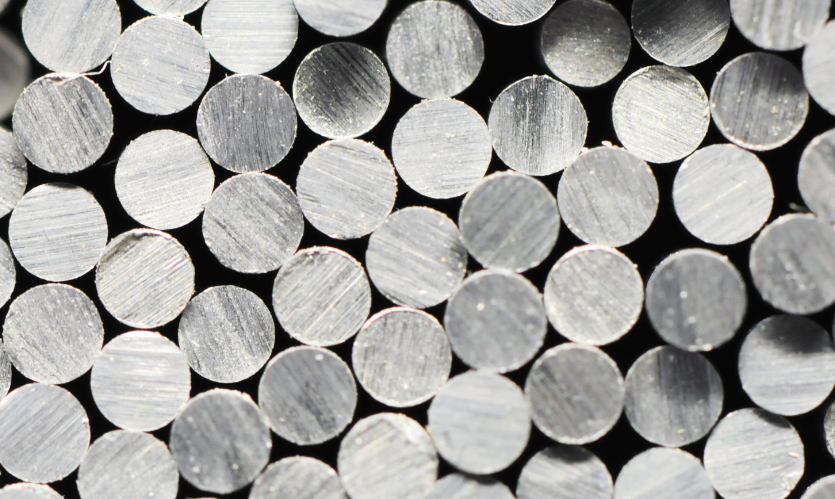
What Is the Application Status of Refractory Metal Material? Refractory metal material mainly refers to tungsten, molybdenum, tantalum, niobium, rhenium, and vanadium, all of which are materials with a melting point above 2000 degrees Celsius. Refractory metal materials and their alloys have the characteristics of high melting point, high strength under a high-temperature environment, strong […]
Tags: Advanced Refractory Metals, ARM, materials with a high melting point, metals with a high melting point, Molybdenum, molybdenum alloy, Niobium, Niobium alloy, Refractory Material, Refractory Materials, Refractory Metal, Refractory Metal Materials, refractory metal products, Refractory Metals, rhenium, tantalum, tantalum alloy, Tungsten, tungsten alloy, Vanadium
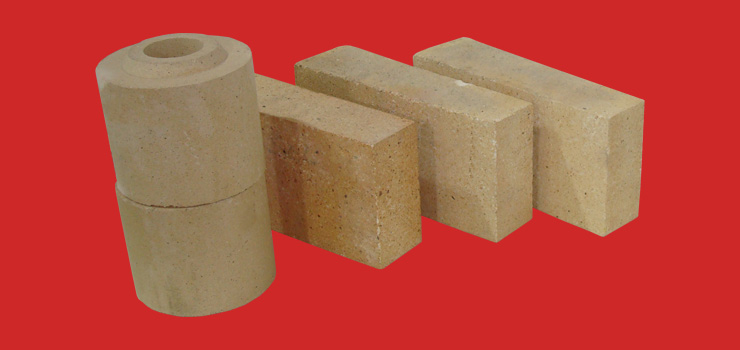
Brief Analysis of Applications of the Zirconia Refractories With the rapid development of the iron & steel industry and the requirement of improving the performance of electronic components, zirconia refractories are more and more applied. Zirconia is a very stable refractory oxide, and the relevant research shows that the melting temperature of which is 2680 ℃. In this article, […]
Tags: Advanced Refractory Metals, Applications of the Zirconia Refractories, ARM, Molybdenum, Refractory Material, rhenium, tantalum, titanium, Tungsten, zirconia, Zirconia Metering Nozzle, Zirconia Refractories, zirconia refractory, Zirconia Setter Plate, zirconia special refractories, Zirconium
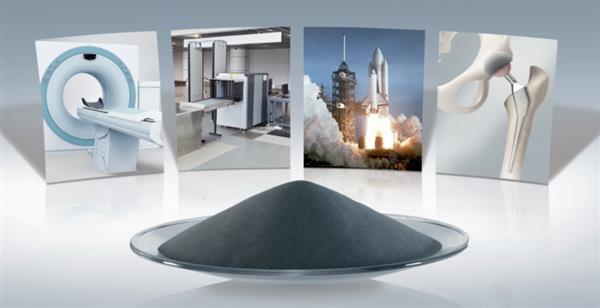
Refractory Metal Powders VS 3D Printing Technology 3D printing technology is also called additive manufacturing, and the metal devices produced by this technology are somewhat similar to the powder gold treatment technology we currently use, all of which are built on metal powder, and the difference is that the material powder is not bonded by […]
Tags: 3D Printing Technology, Advanced Refractory Metals, Chromium, Molybdenum, refractory metal powders, Refractory Metal Powders VS 3D Printing Technology, Refractory Metals, rhenium, titanium, Tungsten
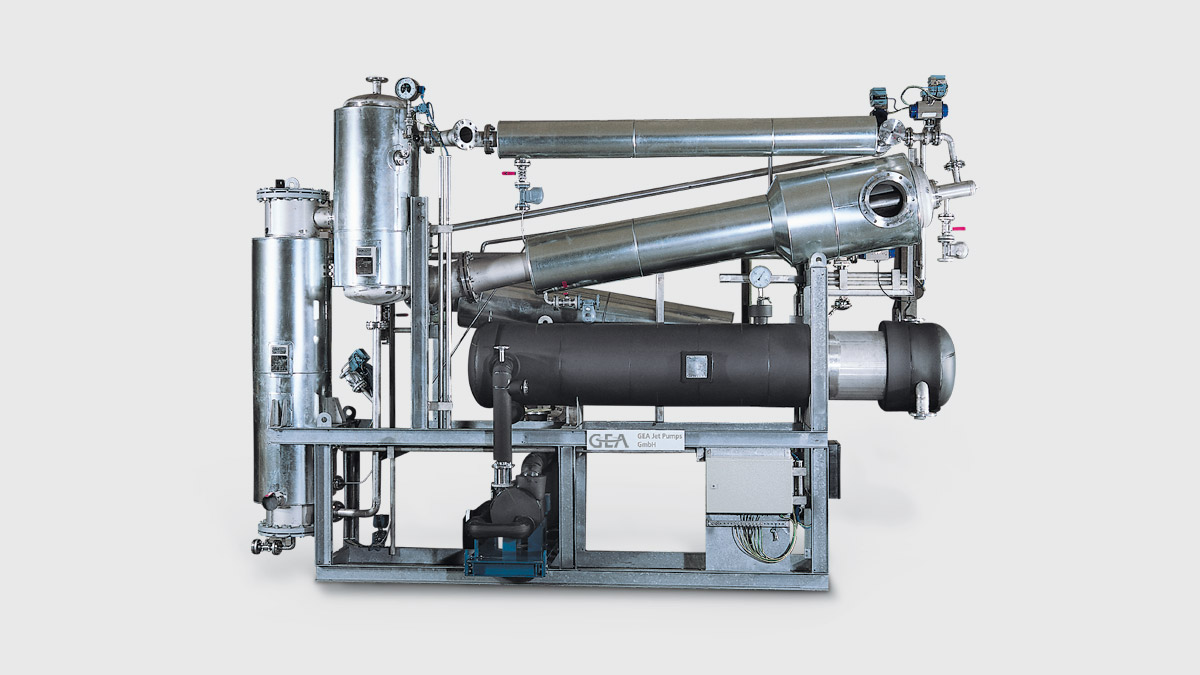
What Refractory Metals Are Commonly Used in Vacuum Systems? Refractory metal refers to metals with a certain reserve and a melting point that is higher than 1650 ℃. Refractory metals include tungsten, tantalum, molybdenum, niobium, hafnium, chromium, vanadium, zirconium, and titanium. Rhenium also has a high melting point, but its reserves are too small, and […]
Tags: Molybdenum, Niobium, Refractory Metal, Refractory Metals, Refractory Metals Are Commonly Used in Vacuum Systems, tantalum, Tungsten, What Refractory Metals Are Commonly Used in Vacuum Systems?
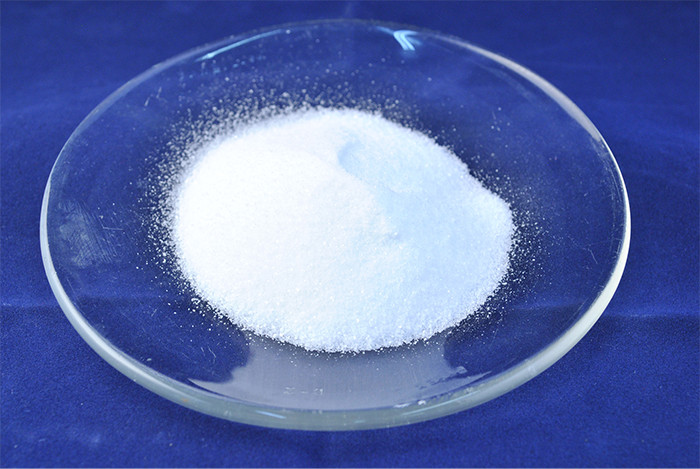
What Can Molybdenum Compounds Be Used For? Catalyst Molybdenum-based catalysts are widely used. When combined with cobalt and nickel, molybdenum is used in the petroleum industry because it can remove sulfur from organic sulfur compounds that are commonly found in crude oil. The application of molybdenum base catalysts will increase because of the further expansion […]
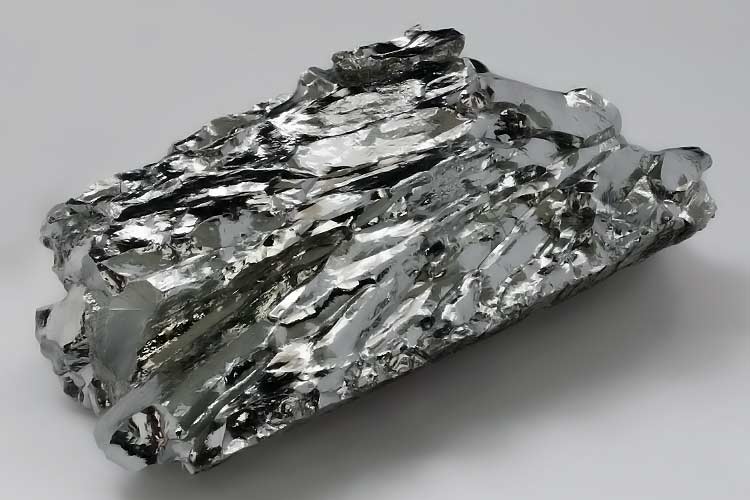
Will Molybdenum Combine with Other Elements? Molybdenum. As shown in Table 2, the melting temperature of molybdenum is 695 degrees below that of tantalum. Because of its high melting point and relative abundance in the United States, it was the first of the refractory metals considered in this country for high-temperature structural applications. The primary […]
Tags: Advanced Refractory Metals, Molybdenum, Molybdenum Combine with Other Elements, molybdenum metal, molybdenum-tungsten alloys, Refractory Metals, tantalum, Will Molybdenum Combine with Other Elements?
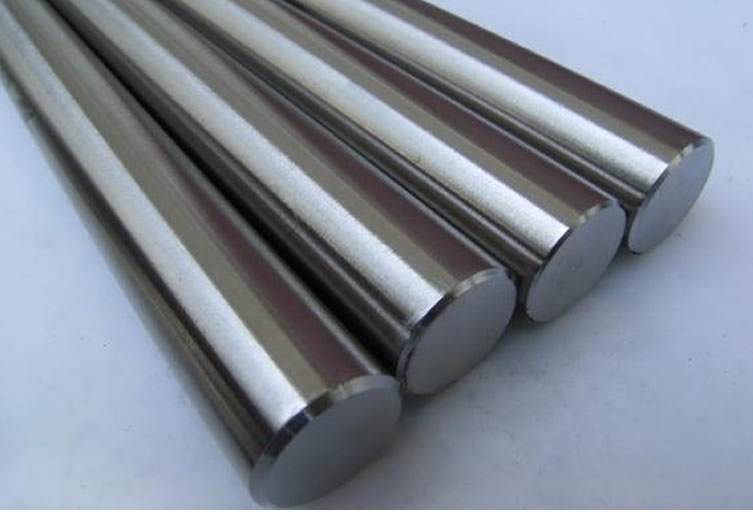
The List Of Abundant Refractory Metals Tungsten, tantalum, molybdenum, columbium, vanadium, and chromium may be classed as relatively abundant refractory metals; that is, free world reserves of contained metal are over 100,000 tons for each metal. The first four show promise in a considerably higher temperature range than the last two, and sometimes the term […]
Tags: Abundant Refractory Metals, Chromium, Molybdenum, Refractory Metal, Refractory Metal Bars, Refractory Metals, tantalum, Tungsten, Vanadium
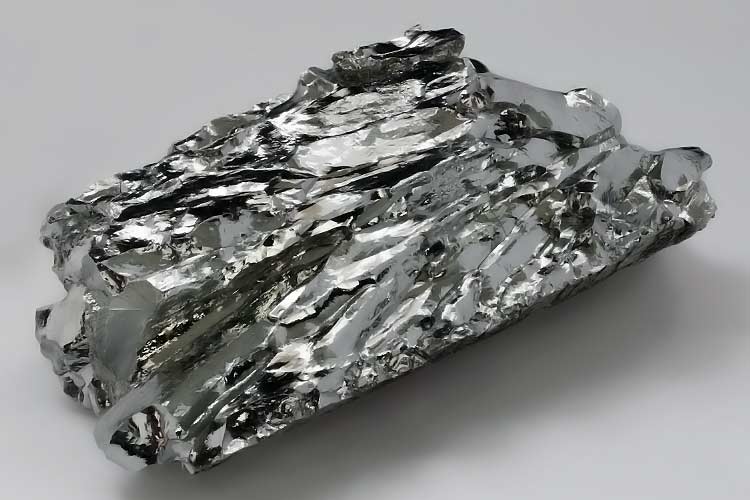
How Do We Use Molybdenum? Molybdenum, whose chemical symbol is Mo, was first recognized as an element in 1778. Until that time, the mineral molybdenite—the most important source of molybdenum—was believed to be a lead mineral because of its metallic gray color, greasy feel, and softness. In the late 19th century, French metallurgists discovered that […]
Tags: Advanced Refractory Metals, alloy steels, copper mining, How Do We Use Molybdenum?, Molybdenum, molybdenum alloy, U.S. molybdenum
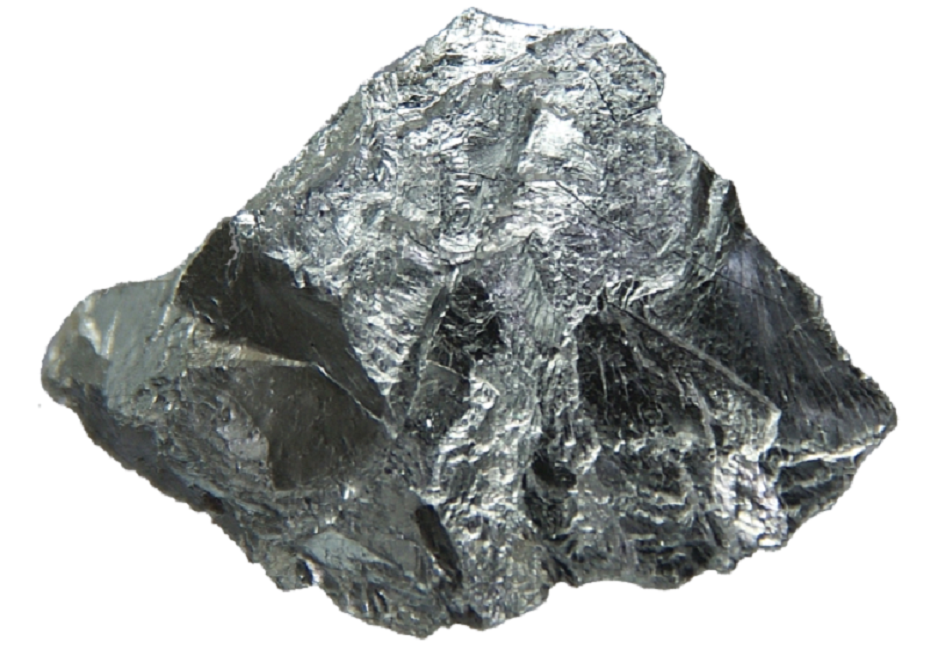
Which Elements Have the Highest Melting Point? As we all know, the melting point is the temperature at which a substance converts from a solid state to a liquid state. Some of the metals show very high melting points at least 2,000 degrees Celsius, and they also have very high physical strength. These metals are […]
Tags: Advanced Refractory Metals, Elements Have the Highest Melting Point, iridium, Molybdenum, Niobium, Refractory Metal, Refractory Metals, rhenium, tantalum, Tungsten, Which Elements Have the Highest Melting Point?
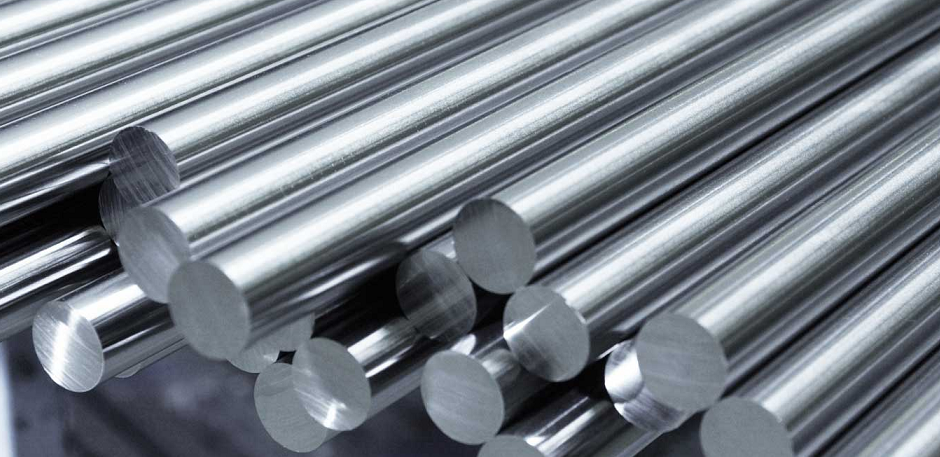
Why Is Molybdenum A Good Conductor of Electricity? High-tech metals are called refractory metals in scientific terms, with a high melting point of 3500 degrees C. Tungsten, molybdenum, tantalum, and niobium are refractory metals. The characteristics of these materials are not only high melting points but also difficult to mine and process. A special process beyond […]
Tags: Characteristics of Refractory Metal, Metal with High Melting Point, Molybdenum, molybdenum metal, molybdenum powders, properties of refractory metals, Refractory Metals, semi-finished molybdenum, Stanford Advanced Materials
Copyright © 1994-2024 Advanced Refractory Metals owned by Oceania International LLC, All Rights Reserved.